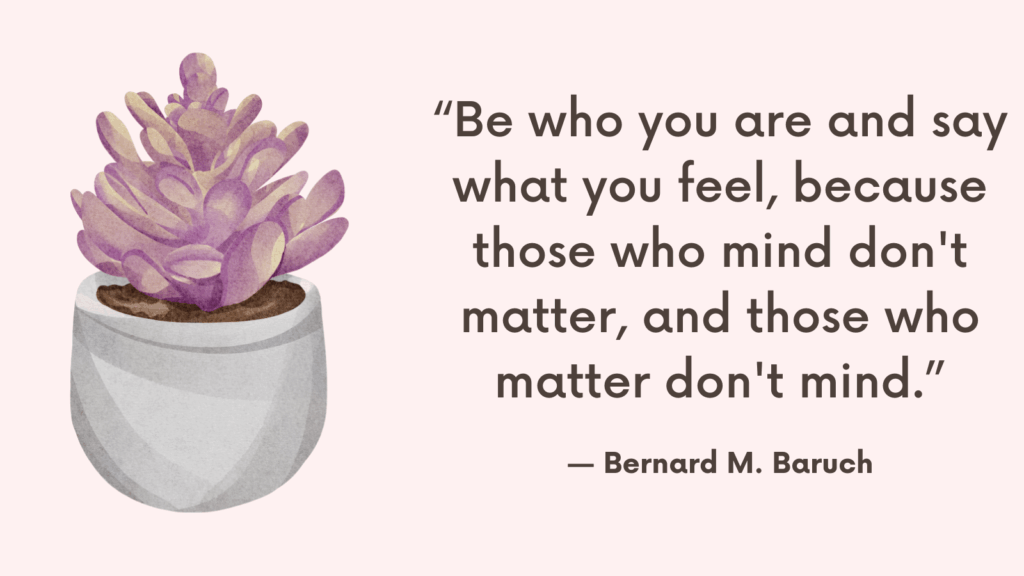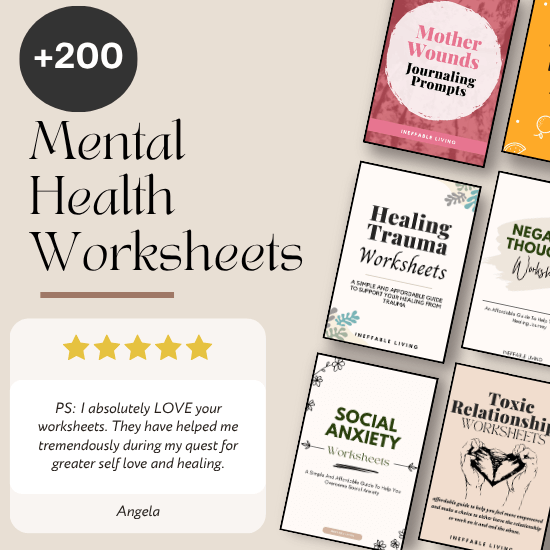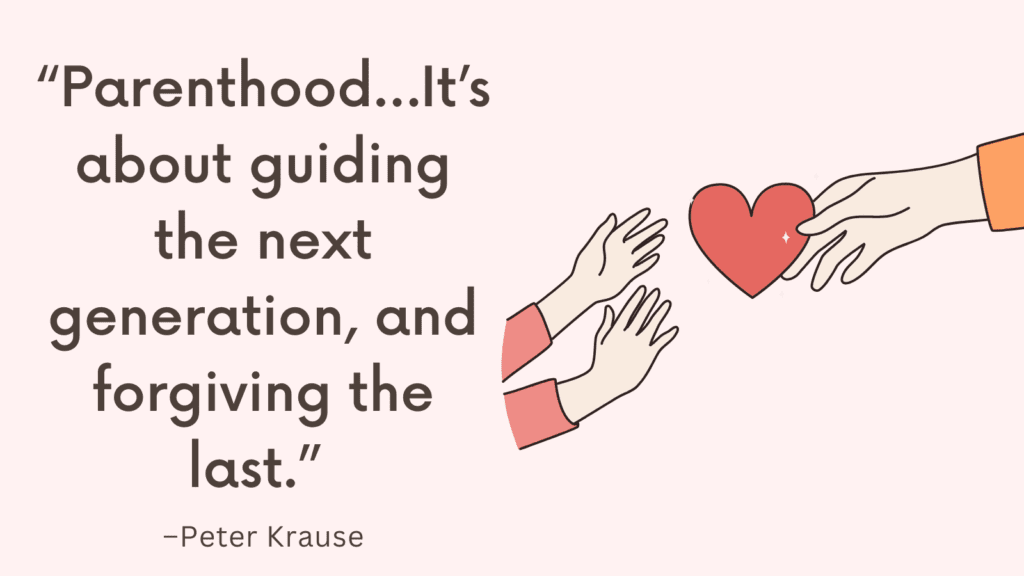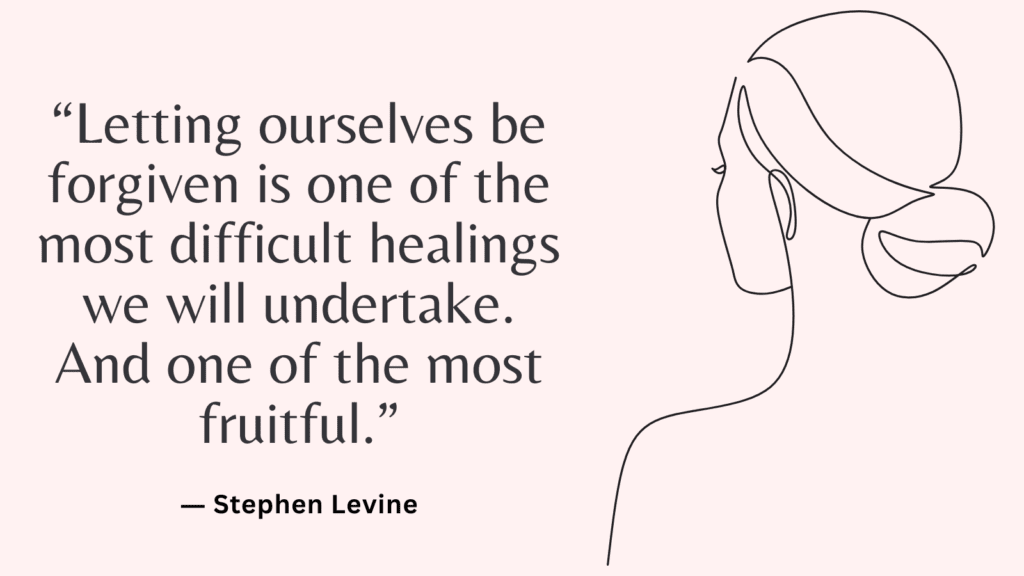Boundaries are essential for healthy relationships, safety, and emotional well-being—and the earlier kids learn about them, the better equipped they are to protect themselves and respect others. Teaching boundaries isn’t a one-time talk—it’s an ongoing process of modeling, explaining, and creating space for questions. Here’s how to teach your kids about boundaries in a way that empowers and supports them at any age.
Why Kids Need to Learn About Boundaries Early
It Teaches Them That Their Body and Feelings Matter
When kids learn that they have the right to say “no” to unwanted touch or unfair treatment, they begin to understand bodily autonomy and emotional safety. This sets the foundation for self-worth and reduces the risk of being taken advantage of in the future.
It Helps Prevent People-Pleasing
Without boundaries, kids may learn to prioritize others’ comfort over their own well-being. Teaching them how to say “no” without guilt helps them avoid the emotional exhaustion and resentment that often comes from always trying to keep others happy.
It Builds Healthy Communication Skills
When children learn how to express what they’re okay or not okay with — clearly and calmly — they develop assertiveness, not aggression. They also learn how to respect other people’s limits, which supports healthier relationships as they grow.
It Protects Them From Harm
Understanding boundaries can help children identify unsafe situations and seek help when something doesn’t feel right. Whether it’s bullying, peer pressure, or inappropriate behavior from adults, kids with strong boundary awareness are better prepared to respond safely.
Related: Top 25 Tips On How To Set Boundaries Without Being Controlling? (+FREE Worksheets PDF)
It Encourages Emotional Awareness
Boundaries help kids tune into how they feel — tired, uncomfortable, scared, overwhelmed — and make choices based on those internal signals. This emotional self-awareness is essential for long-term mental health and decision-making.
It Prepares Them for Adult Life
Boundary-setting is a skill that affects friendships, work, dating, parenting, and more. When kids practice setting limits early, they’re more likely to grow into adults who trust themselves, speak up when needed, and foster mutual respect in every area of life.
How to Teach Your Kids About Boundaries?
1. Use Simple, Clear Language
Start with easy concepts:
- “A boundary is something that keeps us safe and comfortable.”
- “You get to say what feels okay or not okay with your body.”
Keep it age-appropriate and repeat often.
Related: How to Identify and Set Non Negotiable Boundaries?
2. Teach Body Autonomy Early
Let them know: “Your body belongs to you.” Encourage them to say no to hugs, tickles, or kisses—even from family—if they don’t feel comfortable. Respecting their no teaches them their no matters.
3. Model Healthy Boundaries Yourself
Show them what it looks like to set limits calmly and clearly. Say:
- “I need a quiet moment right now.”
- “I don’t like when people yell at me. Let’s talk calmly.”
Kids learn by watching how you protect your own space.
4. Praise Boundary-Setting Behaviors
When they say “no,” ask for space, or speak up, celebrate it. Say:
- “I’m proud of you for saying what you need.”
This helps them associate boundaries with confidence, not guilt.
Related: Unhealthy vs. Healthy Boundaries: What’s the Difference?
5. Talk About Emotional Boundaries Too
Teach them they can choose not to share everything, and they don’t have to accept unkind words or teasing. Use examples:
- “It’s okay to walk away if someone is being mean.”
6. Use Stories and Play to Explore Boundaries
Read books or play with dolls to act out boundary scenarios. Ask:
- “What could she say if she doesn’t want a hug?”
- “How can he let his friend know he needs space?”
Play makes boundary concepts feel safe and relatable.
7. Teach Them to Notice Their “Uh-oh” Feelings
Help them tune into early body cues: stomachaches, tight chest, feeling frozen. Say:
- “If something feels wrong in your body, that’s a signal to stop or speak up.”
Related: Top 19 Journal Prompts For Boundaries
8. Explain That Boundaries Go Both Ways
Boundaries aren’t just about protecting themselves—they’re also about respecting others. Teach empathy by asking:
- “How do you think they felt when you ignored their ‘no’?”
9. Role-Play Safe Responses
Practice saying no, asking for help, or walking away. Rehearsing these moments helps them feel more confident in real situations.
10. Keep the Conversation Open
Let them know they can always come to you if someone crosses a boundary. Create safety by staying calm, listening well, and never punishing them for telling the truth.
Related: Top 10 Books About Setting Boundaries

Conclusion
Teaching your kids about boundaries is one of the most powerful gifts you can give. It teaches them to value their voice, protect their well-being, and build respectful relationships. With time, modeling, and honest conversation, you’re helping raise kids who know how to stand strong—and treat others with care.



